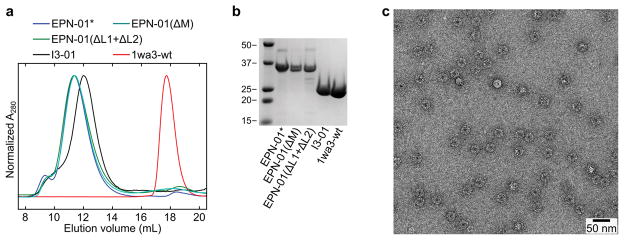Figure 4. A variety of functional elements and protein architectures support EPN formation.
Schematic illustrations of several tested constructs are shown, together with western blots and release quantification. a, Different membrane-binding domains support EPN release (odd lanes). EPN point mutants shown in even lanes were designed to disrupt the membrane-binding interactions. b, The 24-subunit assembly O3-33 can function as an EPN self-assembly domain (lane 1). Mutants shown in lanes 2–4 were designed to disrupt the membrane-binding, self-assembly, and ESCRT-recruiting elements. c, Different ESCRT-recruiting elements can support EPN release (odd lanes). ESCRT-dependent release is demonstrated by loss of EPN release upon co-expression of VPS4A(E228Q) (even lanes). d, Membrane-binding, self-assembly, and ESCRT-recruiting elements can function from different positions within EPN constructs (odd lanes). ESCRT-dependent release is demonstrated by loss of EPN formation upon co-expression of VPS4A(E228Q) (even lanes). Error bars show standard deviations from three technical repetitions.

